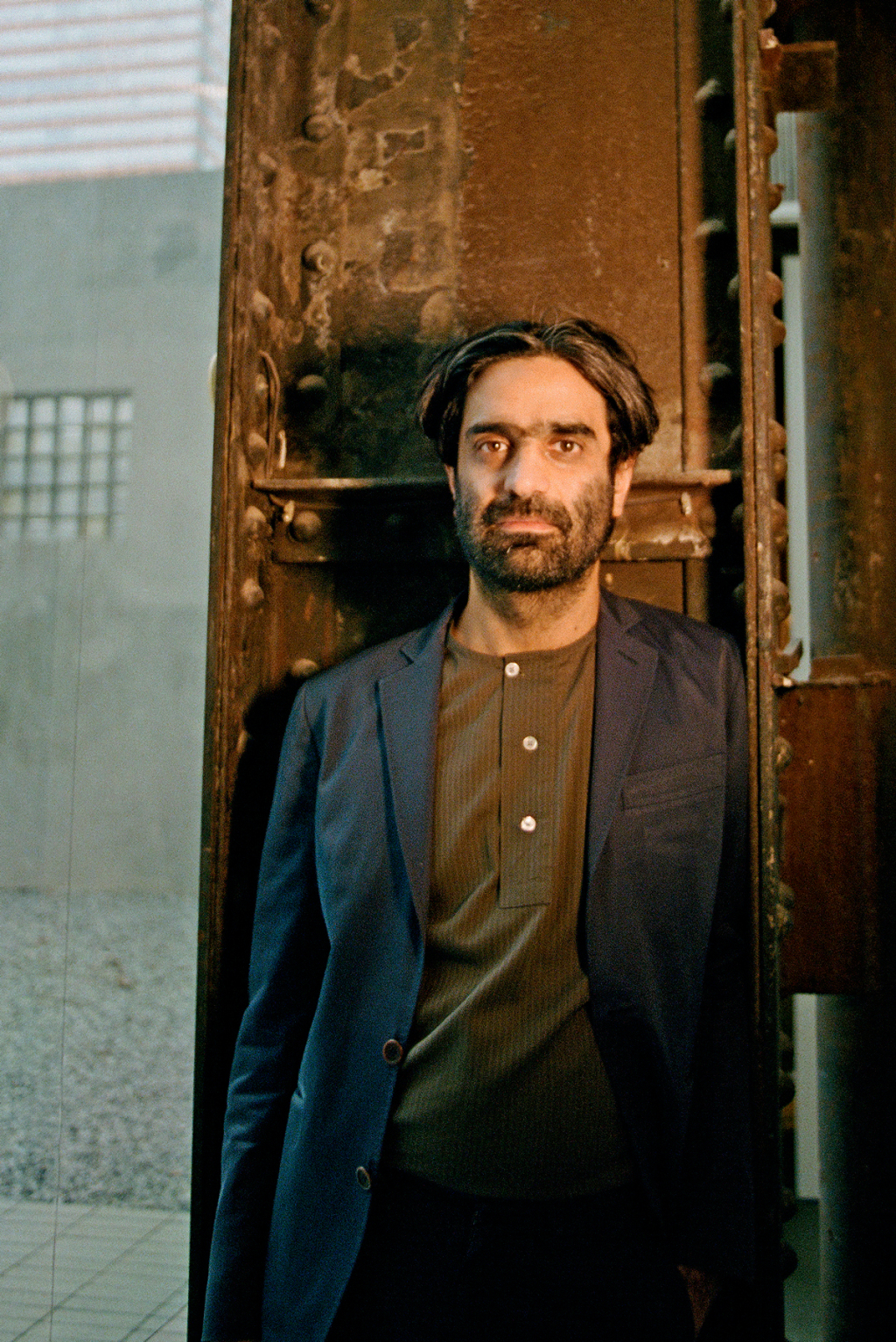[ad_1]
The Carnegie International, one of the longest-running surveys of contemporary art in the world, has a curator for its next edition. Sohrab Mohebbi will organize the 58th edition of the Carnegie International, which will open in 2022. Mohebbi recently moved to Pittsburgh to take on the role, having left his position as curator at SculptureCenter in New York to oversee the biennial.
Mohebbi will retain the title of curator at large at the institution. Prior to joining SculptureCenter in 2018, Mohebbi was an associate curator at the Los Angeles art space REDCAT (Roy and Edna Disney/CalArts Theater). He has also held curatorial posts at the Hammer Museum in Los Angeles and the Queens Museum in New York. Among his curatorial credits are solo shows for Banu Cennetoğlu, Hassan Khan, and John Knight, as well as the 2019 group exhibition “Searching the Sky for Rain.”
In an interview with ARTnews, Eric Crosby, the newly appointed director of the Carnegie Museum of Art, said that Mohebbi’s “diverse institutional experience” was among the reasons that he had selected Mohebbi for the job. “Sohrab is always embracing deep complexity, but finding ways to make it relevant and for the work to connect broadly and accessibly,” Crosby said. “I like to think of him as a curator who becomes very interested in local and immediate concerns, but is always framing them in a larger world view.”

Tom Little
Last fall, while he was still interim director, Crosby convened a research colloquy to determine how the 2022 Carnegie International should function within Pittsburgh and beyond. Mohebbi was among the half-dozen curators who participated in that conversation, and eventually Crosby invited him to draft a proposal for the exhibition.
Mohebbi said he was hesitant to speak directly about any organizing themes, as he is still in the initial phases of his research process, much of which will most likely involve virtual studio visits because of the coronavirus pandemic. He added that his research will also look at the work of a lot of writers, including Gloria E. Anzaldúa, the late Chicana theorist best known for her book Borderlands/La Frontera: The New Mestiza. When asked how the show might address the pandemic and the ongoing protests sparked by the murder of George Floyd, Mohebbi told ARTnews, “I’m sure that whatever we do will be a document of this moment.”
“Reconstitution” and “decentralization” are the two key words that will guide the research for the show, Mohebbi said. Reconstitution involves “acknowledging that the apocalypse—colonialism, environmental disaster—has already happened and so the question is how in this world we can reconstitute our life in the aftermath of it,” and decentralization refers to moving the Carnegie International beyond the confines of the Carnegie Museum of Art and forging partnerships with other local arts and culture organizations—a measure that has been undertaken by various recent major biennials, including Documenta 14 in 2017, the inaugural Toronto Biennial of Art in 2019, and the forthcoming Bienal de São Paulo, which was recently postponed until September 2021.

Tom Little
Typically, the Carnegie International, which first began in 1896 as an annual exhibition, has been staged every three to five years. Crosby said that, going forward, he plans to stage the International every four years.
“The museum is situated between two major universities,” Crosby said. “I like to think that every undergrad who passes through those universities should have an International experience when they’re in Pittsburgh.”
The Carnegie Museum of Art reopened to the public after its temporary closure related to the pandemic on June 29, first limiting its capacity to 25 percent and then to 10 percent. (Crosby noted that pre-pandemic it would be rare that the museum would be above 25 percent because of the museum’s large open spaces.) Visitors are asked to book the tickets online in advance. The museum will also require the wearing of face masks for visitors, and has implemented enhanced cleaning protocols, installed additional hand sanitizers, and encourages visitors to practice social distancing. Its An-My Lê survey has been extended until January 18, 2021.
As the Carnegie began its reopening at the end of June, the Art Newspaper reported that employees at the museum, as well as those at the other three museums that make up the larger Carnegie Museums of Pittsburgh group, had organized a virtual rally to solicit cards, the first step in forming a union for non-supervisor-level employees.
Crosby said, “I’m a newly appointed museum director, and as such I feel very fortunate to have this incredibly talented team that cares very deeply about the power of the museum to inspire. I value their voices and their individual contributions. The museum has a mission and priorities and included in those shared priorities I would highlight equity and employee engagement, and I’m very committed to learning from our staff.”
Update, July 8, 2020: This article has been updated to reflect that the Carnegie Museum of Art has changed its maximum number of visitor to 10 percent of total capacity.
[ad_2]
Source link

